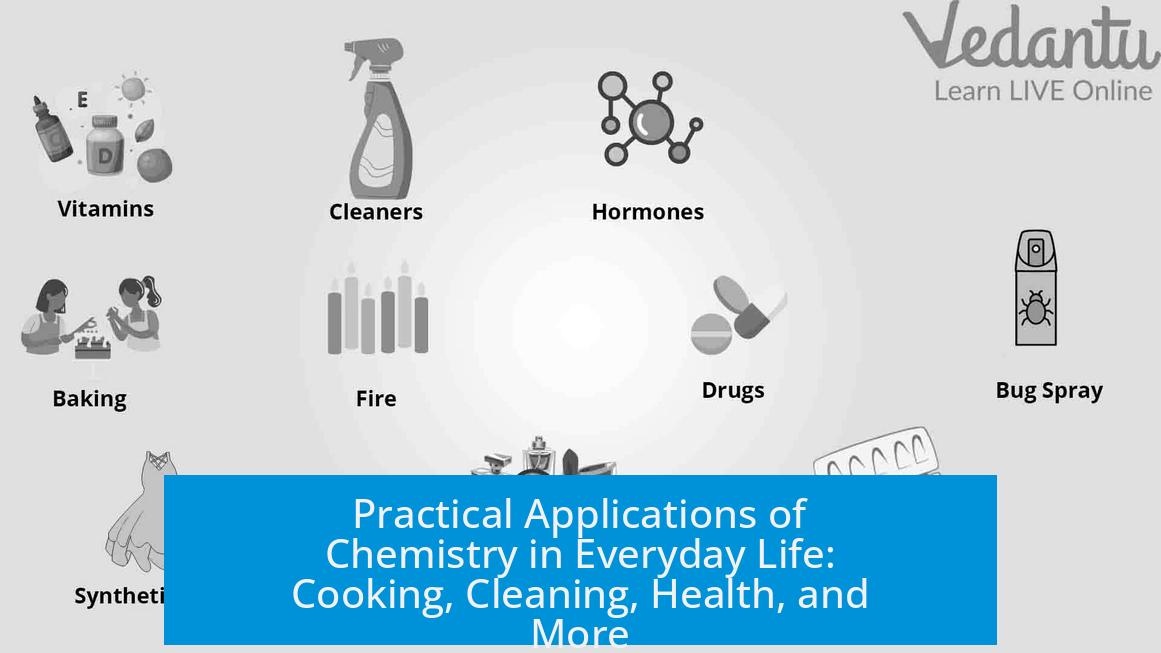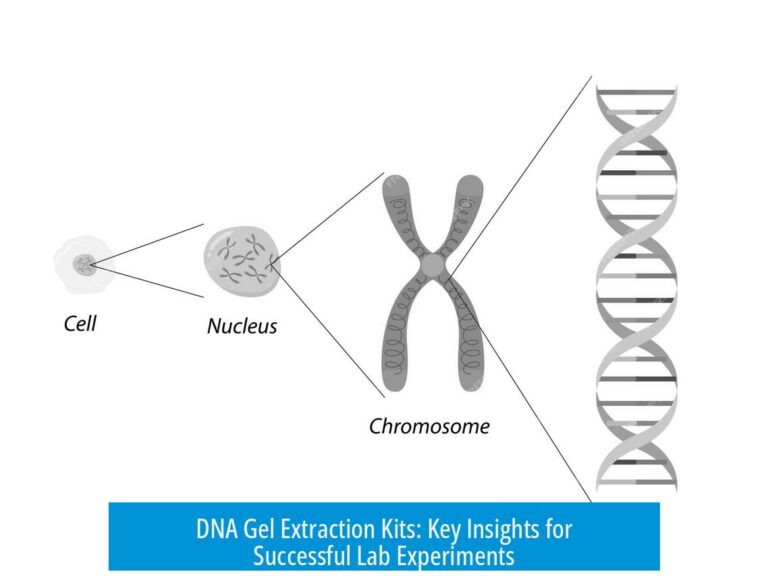Practical Applications of Chemistry in Everyday Life
Chemistry influences countless daily activities, from cooking to cleaning, health management to environmental care. Understanding chemistry enhances practical skills, improves safety, and aids informed decision-making in routine tasks. This article explores key areas where chemistry directly impacts everyday life, detailing how chemical principles apply outside the laboratory.
1. Cooking and Baking: Chemistry in the Kitchen
Culinary arts rely heavily on chemistry. Knowing the interactions between ingredients and the effects of temperature enables better cooking outcomes. For example, baking a cake involves chemical reactions such as protein denaturation, starch gelatinization, and Maillard browning. Understanding these phenomena allows one to troubleshoot recipes and substitute ingredients effectively.
- Leavening agents release gases, causing dough to rise.
- Acid-base reactions can affect texture and flavor.
- Cooking temperatures alter molecular structures, changing taste and consistency.
Comprehending these chemical changes informs troubleshooting sourdough starter activity, modifying baking methods, and improving nutrition absorption during cooking. Chemistry-based knowledge also applies to mixing drinks, optimizing flavors through molecular interactions.
2. Cleaning and Stain Removal: Applying Chemical Properties
Cleaning involves using chemical agents designed to dissolve or lift dirt, stains, and microbes. Effective cleaning depends on understanding solvent polarity, chemical compatibility, and reaction outcomes. For instance, water, a polar solvent, works well for water-soluble stains, while oils require non-polar solvents.
Knowledge of chemical hazards is crucial. Mixing ammonia and bleach releases toxic chloramine gases, making it unsafe. Recognizing which products and solvents to combine or avoid enhances safety and cleaning efficiency.
| Stain Type | Chemical Approach | Example |
|---|---|---|
| Waterproof lipstick (hydrophobic) | Use oil-based solvent to dissolve | Vegetable oil applied to stains |
| Alcohol-based marker | Use alcohol solvent | Hand sanitizer application |
| Organic stains (blood, wine) | Use oxidizing agent | Hydrogen peroxide treatment |
The use of inexpensive, non-toxic chemicals like hydrogen peroxide (H2O2) effectively removes organic stains from carpets. Understanding Safety Data Sheets (SDS) helps consumers and workers handle household chemicals safely, indicating hazards and first aid instructions.
3. Health, Medicine, and Drugs: Chemistry in the Body
Chemistry underpins pharmacology, medical treatments, and our body’s biochemistry. Drugs exert their effects through molecular interactions with receptors or enzymes. Understanding chemical structures enables better medication selection and awareness of drug derivatives.
Health-related applications include:
- Understanding drug mechanisms and metabolism.
- Recognizing molecular bases of diseases such as diabetes.
- Knowing why water is the universal solvent essential to life.
- Interpreting pH changes during breathing which facilitate oxygen transport via hemoglobin conformational changes.
Chemistry knowledge extends into toxicology, safety of cleaning agents relative to human exposure, and biochemical processes that maintain life. This enables individuals to make informed health choices.
4. Everyday Problem Solving and Practical Knowledge
Chemistry explains phenomena such as rust formation, equilibrium in reactions, and electrochemical effects. Boat owners, for instance, use electrochemistry to prevent metal corrosion in salt water.
Understanding the ideal gas law (PV = nRT) helps explain tire pressure changes with temperature or altitude. Recognizing intermolecular forces aids selection of appropriate solvents in cleaning or industrial adjustments.
Knowledge of polymer chemistry informs about materials plastics are made from, including their environmental impact and breakdown behavior.
Other practical aspects include:
- Recognizing which chemical mixtures produce hazardous gases like carbon monoxide.
- Understanding colloids and Brownian motion relevant to virus transmission and wound healing.
- Awareness of how soaps function to remove oils and dirt by their amphiphilic molecular structure.
5. Environmental and Material Sciences
Chemistry plays a vital role in maintaining environments and managing materials. It informs how metals corrode, guiding protective measures like coatings and rust removers. This is crucial for infrastructure and transportation industries.
Plant care benefits from chemical understanding of nutrient availability, soil pH, and fertilizer actions. Recognizing chemical cycles helps gardeners maintain healthy plants.
Plastics, ubiquitous in everyday use, involve polymer chemistry for their manufacture and recycling. Chemistry helps develop biodegradable alternatives and enhances environmental sustainability.
6. Scientific Literacy and Critical Thinking
Basic chemistry literacy improves comprehension of science in news, media, and product marketing. This equips consumers to detect misinformation or pseudoscience.
For example, “chemical-free” claims can be scrutinized knowing that all matter consists of chemicals. Understanding concentration concepts debunks homeopathic medicine claims lacking active ingredients.
Reading ingredient labels becomes more meaningful when one understands the function and safety of components. This fosters intelligent consumer behavior and critical evaluation of environmental or health-related information.
7. Miscellaneous Practical Examples
Chemistry influences many small daily tasks beyond the obvious:
- Pouring liquids carefully based on viscosity and surface tension.
- Choosing cleaning agents based on stain chemistry and fabric compatibility.
- Using acid-base indicators to test water quality at home.
- Cleaning organic messes like blood or wine with accessible reagents.
Podcasts such as Chemistry For Your Life help disseminate everyday chemistry applications in accessible language for the public.
8. Educational Resources to Understand Everyday Chemistry
Several educational materials explain chemistry’s practical role:
- NCERT Chemistry Textbook Chapters dedicated to real-life chemistry illustrations.
- Podcasts and science communication platforms that bridge expert knowledge and lay understanding.
Educational efforts emphasize the relevance of chemistry in making informed, safe, and effective decisions daily.
Key Takeaways
- Chemistry is fundamental to cooking, explaining ingredient interactions and reactions.
- Knowledge of chemical properties improves cleaning methods and safety.
- Understanding drug chemistry aids health decisions and comprehension of medical effects.
- Chemistry explains everyday physical phenomena and materials’ behavior.
- Environmental and material sciences rely on chemistry to prevent corrosion and manage plastics.
- Chemical literacy fosters critical thinking about science information and product claims.
- Numerous small daily tasks involve underlying chemistry principles.
- Resources exist to increase public understanding of chemistry’s everyday impact.





Leave a Comment